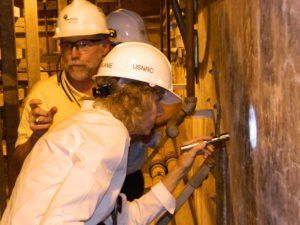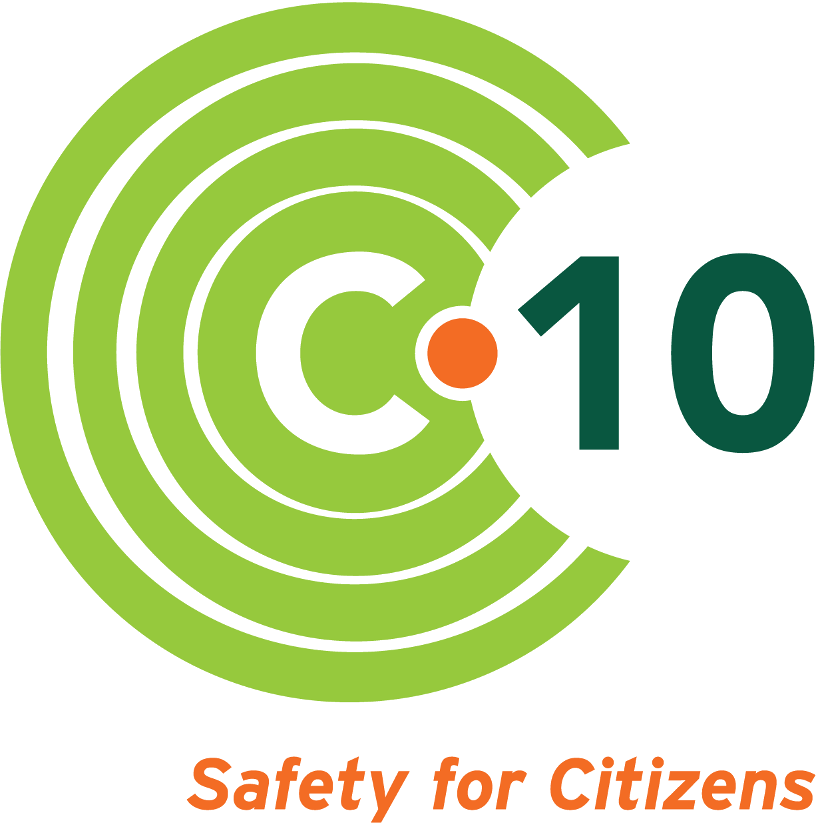Degraded Concrete

What is the Alkali-Silica Reaction?
Alkali-Silica Reaction, or “ASR,” is a chemical combining of reactive silica from concrete aggregate with the alkali from cement paste in the presence of moisture. The result of the reaction is a gel, which can expand and may cause micro-cracks in concrete. ASR is known to be progressive and irreversible.
Seabrook Station in coastal New Hampshire is the first U.S. nuclear power plant known to be experiencing ASR .
How is ASR Impacting Seabrook Station?
- ASR was first detected at Seabrook in 2009, but the progress and rate of decay is not yet established. Despite visual monitoring and core sampling, the full extent of ASR damage to Seabrook’s concrete in unknown, though plant operators have admitted the condition has led to building “deformation events.”
- ASR is known to be present in the outer containment building, the spent fuel pool, the reactor dome, and 80 percent of Seabrook’s key structures.
- The U.S. Nuclear Regulatory Commission (NRC) determined that because ASR may impact the ability of the plant’s concrete to perform as designed, Seabrook is functioning outside the parameters of its current operating license. This triggered further study and a new regulatory proceeding.
- In 2016, plant owner NextEra Energy Seabrook, LLC submitted License Amendment Request (LAR) 16-03 seeking to “Revise Current Licensing Basis to Adopt a Methodology for the Analysis of Seismic Category I Structures with Concrete Affected by Alkali-Silica Reaction.”
C-10 Weighs in on ASR
Citing serious safety concerns with the concrete and flaws in the testing and monitoring methodologies undertaken by NextEra, the C-10 Research & Education Foundation, Inc. sought intervenor status in NRC Docket Number 50-443-LA-2 , and requested a public hearing.
In October 2017, the NRC’s Atomic Safety and Licensing Board (ASLB) ruled that C-10 has standing to intervene in the case, and admitted five of the group’s concerns as one reformulated contention. C-10 is working with leading concrete experts and structural engineers to better understand ASR, as we prepare for a public hearing on NextEra’s license amendment request in early 2019. Meanwhile, NRC staff are conducting their own review of the LAR.
Click here to download a PDF fact sheet on ASR at Seabrook.
C-10 Keeps Close Eye on ASR
9/15/22: C-10 holds zoom call with NRC resident inspectors on concerns following the latest Integrated Inspection Report

